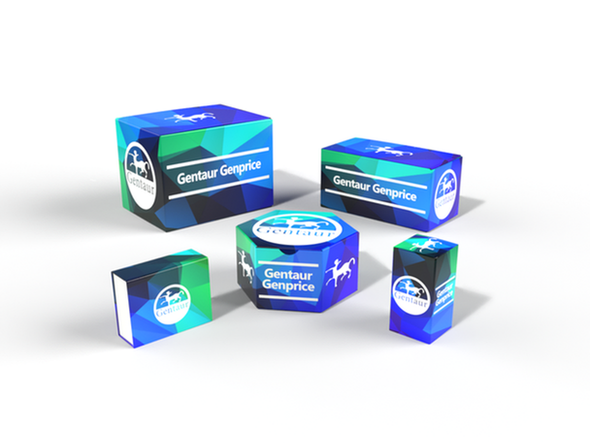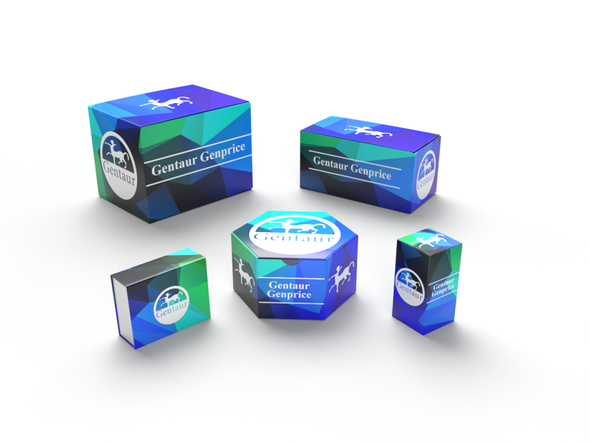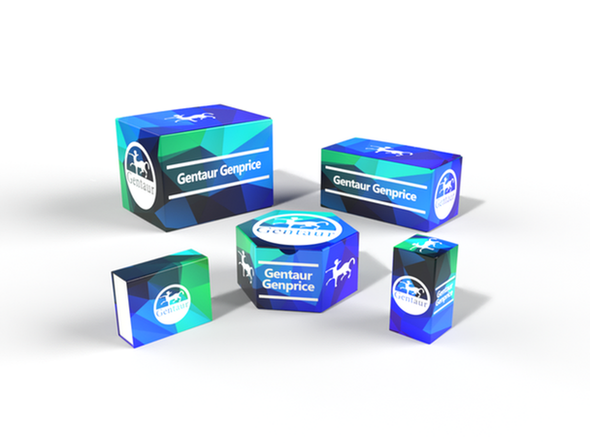Description
TBC1D4 Antibody | 4415 | Gentaur UK, US & Europe Distribution
Host: Rabbit
Reactivity: Human
Homology: Predicted species reactivity based on immunogen sequence: Mouse: (89%)
Immunogen: TBC1D4 antibody was raised against an 19 amino acid peptide near the carboxy terminus of human TBC1D4 .
The immunogen is located within amino acids 1190 - 1240 of TBC1D4.
Research Area: Homeostasis
Tested Application: E, IHC-P
Application: TBC1D4 antibody can be used for immunohistochemistry starting at 10 μg/mL.
Antibody validated: Immunohistochemistry in human samples. All other applications and species not yet tested.
Specificiy: N/A
Positive Control 1: Cat. No. 10-635 - Human Prostate Tissue Slide
Positive Control 2: N/A
Positive Control 3: N/A
Positive Control 4: N/A
Positive Control 5: N/A
Positive Control 6: N/A
Molecular Weight: Predicted: 143 kDa
Observed: 140 kDa
Validation: N/A
Isoform: N/A
Purification: TBC1D4 Antibody is affinity chromatography purified via peptide column.
Clonality: Polyclonal
Clone: N/A
Isotype: IgG
Conjugate: Unconjugated
Physical State: Liquid
Buffer: TBC1D4 Antibody is supplied in PBS containing 0.02% sodium azide.
Concentration: 1 mg/mL
Storage Condition: TBC1D4 antibody can be stored at 4˚C for three months and -20˚C, stable for up to one year.
Alternate Name: TBC1D4 Antibody: AS160, AS160, KIAA0603, TBC1 domain family member 4, Akt substrate of 160 kDa
User Note: Optimal dilutions for each application to be determined by the researcher.
BACKGROUND: TBC1D4 Antibody: TBC1D4, also known as the Akt substrate AS160, was initially identified as an Akt substrate containing a GTPase-activating domain that regulates GLUT4 trafficking, with activation following insulin stimulation. TBC1D4 truncations in humans is a major cause of dominant inherited insulin resistance. The loss of TBC1D4 results in the accumulation of GLUT4 in compartments that are primed for fusion in basal adipocytes.










